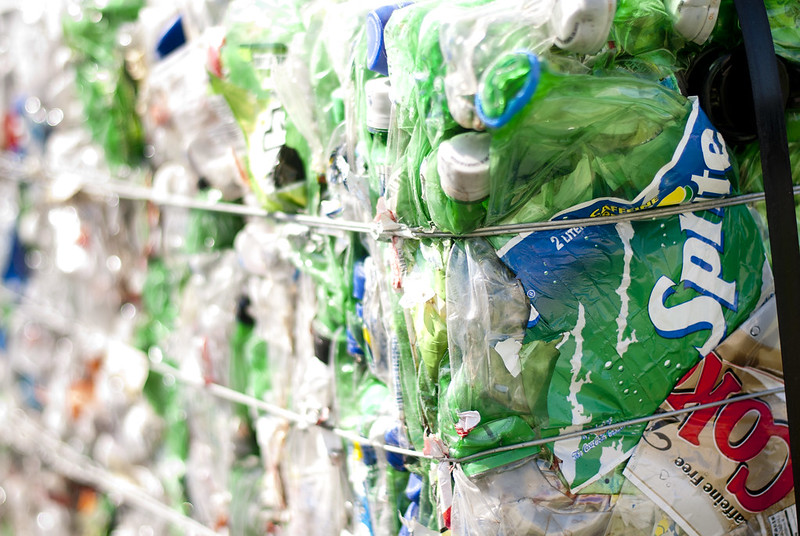Excerpt:
Recycling was already a mess. Now a study finds that one facility may emit 3 million pounds of microplastics a year.
“I just think this illustrates that plastics recycling in its traditional form has some pretty serious problems,” says (Judith) Enck. “This is yet another reason to do everything humanly possible to avoid purchasing plastics.”
The Plastics Industry has long hyped recycling, even though it is well aware that it’s been a failure. Worldwide, only 9 percent of plastic waste actually gets recycled. In the United States, the rate is now 5 percent. Most used plastic is landfilled, incinerated, or winds up drifting around the environment.
Now, an alarming new study has found that even when plastic makes it to a recycling center, it can still end up splintering into smaller bits that contaminate the air and water. This pilot study focused on a single new facility where plastics are sorted, shredded, and melted down into pellets. Along the way, the plastic is washed several times, sloughing off microplastic particles—fragments smaller than 5 millimeters—into the plant’s wastewater.
Because there were multiple washes, the researchers could sample the water at four separate points along the production line. (They are not disclosing the identity of the facility’s operator, who cooperated with their project.) This plant was actually in the process of installing filters that could snag particles larger than 50 microns (a micron is a millionth of a meter), so the team was able to calculate the microplastic concentrations in raw versus filtered discharge water—basically a before-and-after snapshot of how effective filtration is.
Their microplastics tally was astronomical. Even with filtering, they calculate that the total discharge from the different washes could produce up to 75 billion particles per cubic meter of wastewater. Depending on the recycling facility, that liquid would ultimately get flushed into city water systems or the environment. In other words, recyclers trying to solve the plastics crisis may in fact be accidentally exacerbating the microplastics crisis, which is coating every corner of the environment with synthetic particles.
“It seems a bit backward, almost, that we do plastic recycling in order to protect the environment, and then end up increasing a different and potentially more harmful problem,” says plastics scientist Erina Brown, who led the research while at the University of Strathclyde.
“It raises some very serious concerns,” agrees Judith Enck, president of Beyond Plastics and a former US Environmental Protection Agency regional administrator, who wasn’t involved in the paper. “And I also think this points to the fact that plastics are fundamentally not sustainable…”
On the same topic (updated May 24, 2023):
“Who Said Recycling Was Green? It Makes Microplastics By the Ton”
A study finds one plastics recycling plant in the U.K. produces as much as 3 million pounds of microplastics a year—and that’s with filtering.









